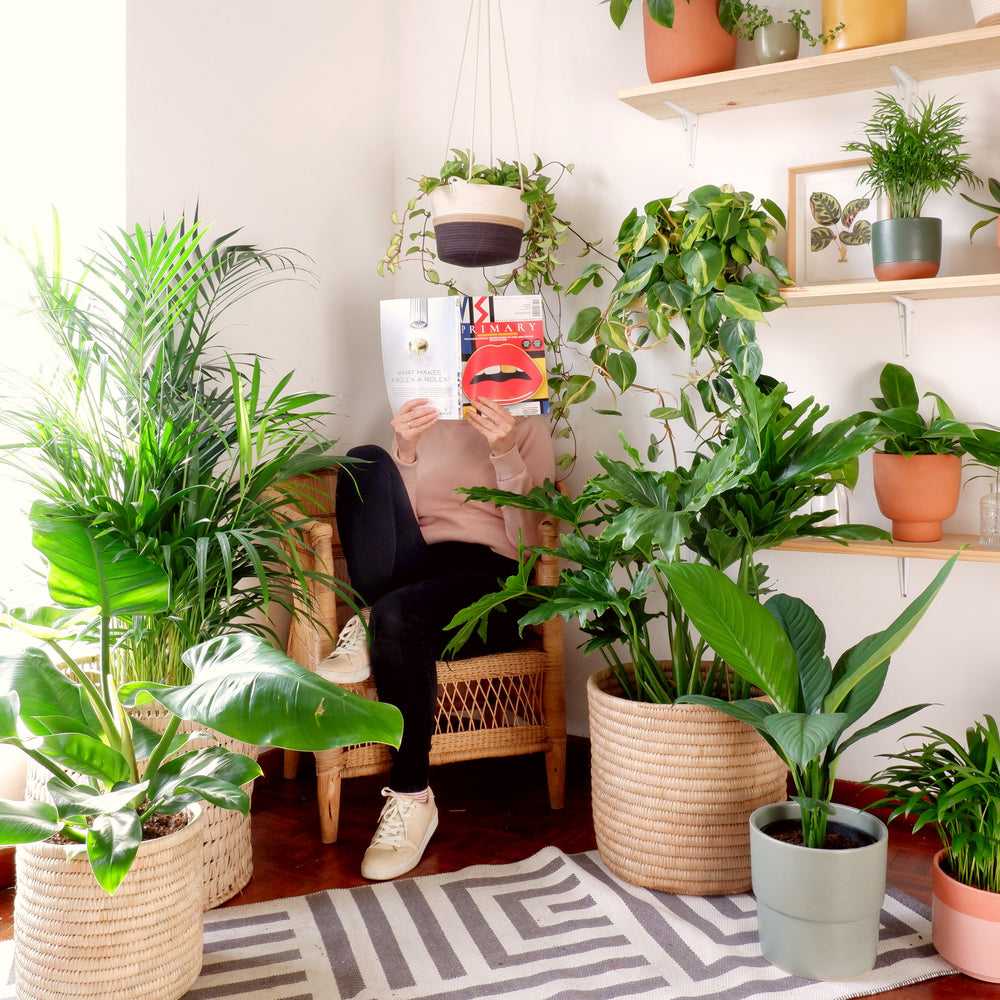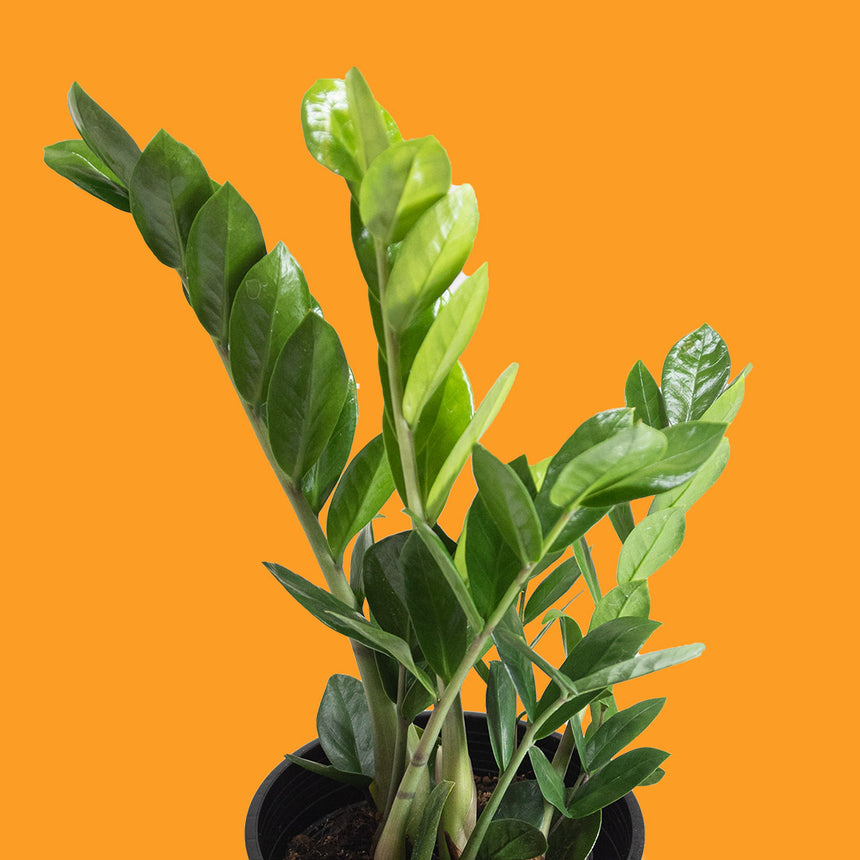Best Low-Light Indoor Plants for Those with Limited Natural Light in Their Homes
Best Low-Light Indoor Plants for Those with Limited Natural Light in Their Homes
Blog Article
Transform Your Home With Beautiful Low-Light Indoor Plants and Their Advantages
Incorporating low-light indoor plants into your home can significantly improve both the aesthetic and environmental top quality of your living rooms. These plants, which prosper in dim conditions, serve not only as decorative aspects however also as natural air cleansers, making them ideal for metropolitan residents or those with minimal sunshine exposure. As we explore the numerous kinds of low-light plants and their advantages, you might locate shocking means to integrate them into your home that can transform your surroundings in methods you might not have actually anticipated.
Advantages of Low-Light Plants
Low-light plants supply countless benefits for indoor atmospheres, making them an exceptional selection for both amateur and experienced garden enthusiasts. Among the main benefits is their flexibility to low-light conditions, enabling people to enhance their home without the need for comprehensive sunlight exposure. This characteristic makes them suitable for homes, offices, and various other areas with limited all-natural light.

Additionally, incorporating low-light plants right into home decoration can elevate the aesthetic appeal of a room. Their lush vegetation and varied structures develop a soothing ambience, contributing to overall health. The presence of plant has been linked to reduced stress levels and boosted performance, making low-light plants a useful choice for boosting both psychological and physical health in indoor settings.
Top Low-Light Indoor Plants
While many interior plants grow in intense light, a number of species are especially well-suited for low-light conditions, making them perfect for various indoor areas. One prominent choice is the Snake Plant (Sansevieria), understood for its striking upright fallen leaves and resilience, calling for minimal care. One more superb alternative is the Pothos (Epipremnum aureum), which features heart-shaped fallen leaves and can trail perfectly from wall mounts or racks, growing in reduced light and adding a rich touch.
The ZZ Plant (Zamioculcas zamiifolia) is celebrated for its glossy fallen leaves and ability to hold up against neglect, making it best for hectic lifestyles. Likewise, the Tranquility Lily (Spathiphyllum) not just tolerates low light but likewise generates magnificent white flowers, improving any type of space's visual.
For a distinct touch, think about the Cast Iron Plant (Aspidistra elatior), which undoubtedly meets its name, growing in the darkest edges of your home. Lastly, the Chinese Evergreen (Aglaonema) offers a selection of fallen leave patterns and shades while being incredibly flexible in low-light conditions. These plants not only enhance interior environments yet additionally add to air purification, boosting your living area.
Treatment Tips for Low-Light Plants

Sprinkling techniques are crucial; these plants frequently prefer somewhat dry problems. Overwatering can result in root rot, so ensure that the top inch of dirt is dry prior to watering once more. Usage pots with drainage openings to allow excess moisture to run away.
Moisture is one more important factor. Lots of low-light plants, such as brushes and tranquility lilies, gain from greater moisture levels. To raise humidity, think about misting the leaves or placing a tray of water near the plants.
Fertilizing must be approached with caution. Throughout the growing season, make use of a watered down, well balanced liquid fertilizer on a monthly basis to support development, yet stay clear of feeding throughout the dormant winter season.

Imaginative Ways to Display Plants
Interior plants can act as fascinating prime focus in any type of space, enhancing both aesthetic appeal and atmosphere. Innovative displays can raise the aesthetic influence of low-light plants, making them an essential part of your home decor. One effective method is to make use of tiered plant stands, which enable you to showcase several plants at differing heights while maximizing floor space.
Hanging planters are an additional innovative choice, developing a sense of depth and attracting the eye upward. Consider macramé hangers or wall-mounted racks to present an unique appearance and style.
For a much more organized approach, usage geometric terrariums or glass containers to house your plants, adding a contemporary touch to your indoor yard. You can likewise repurpose vintage products, such as teacups or read this article wooden crates, for an eclectic display that mirrors your personality.
Enhancing Home Ambiance With Plants
Integrating low-light plants into your home not just enhances aesthetic appeal however additionally adds dramatically to the overall atmosphere. These plants act as all-natural decoration elements, introducing a sense of serenity that can change any type of space. The existence of plant promotes a calming environment, which is especially valuable in high-stress environments such as home workplaces or living areas.
Low-light plants, such as snake plants, pothos, and ZZ plants, are not just visually pleasing however additionally enhance indoor air top quality by filtering contaminants. This double feature enhances the setting further, producing a much healthier living room (Best low-light indoor plants). The calculated placement of these plants can likewise influence the understanding of room; as an example, tall plants can draw the eye upwards, making ceilings appear greater and spaces more roomy
Furthermore, varying appearances and colors of vegetation add depth to interior decoration, enabling creative expression in home styling. Whether positioned on shelves, in edges, or as centerpieces, low-light plants can boost the mood of any room. In summary, integrating these plants into your home is a reliable means to cultivate a cozy, inviting atmosphere while find more profiting of enhanced air quality and visual adaptability.
Verdict
Including low-light interior plants into home environments supplies numerous advantages, consisting of improved aesthetic charm and enhanced air quality. These resistant plants, such as the Snake Plant and Tranquility Lily, call for marginal light and upkeep, making them suitable for diverse lifestyles.
While several indoor plants grow in brilliant light, numerous species are especially appropriate for low-light conditions, making them excellent for numerous indoor areas. One efficient approach is to use tiered plant stands, which basics allow you to showcase multiple plants at varying heights while optimizing flooring space.
Low-light plants, such as serpent plants, pothos, and ZZ plants, are not only visually pleasing but additionally boost interior air high quality by filtering system pollutants. Best low-light indoor plants. The strategic placement of these plants can additionally influence the understanding of room; for circumstances, high plants can attract the eye upward, making ceilings appear higher and rooms a lot more large
These durable plants, such as the Serpent Plant and Tranquility Lily, call for marginal light and maintenance, making them ideal for diverse way of livings.
Report this page